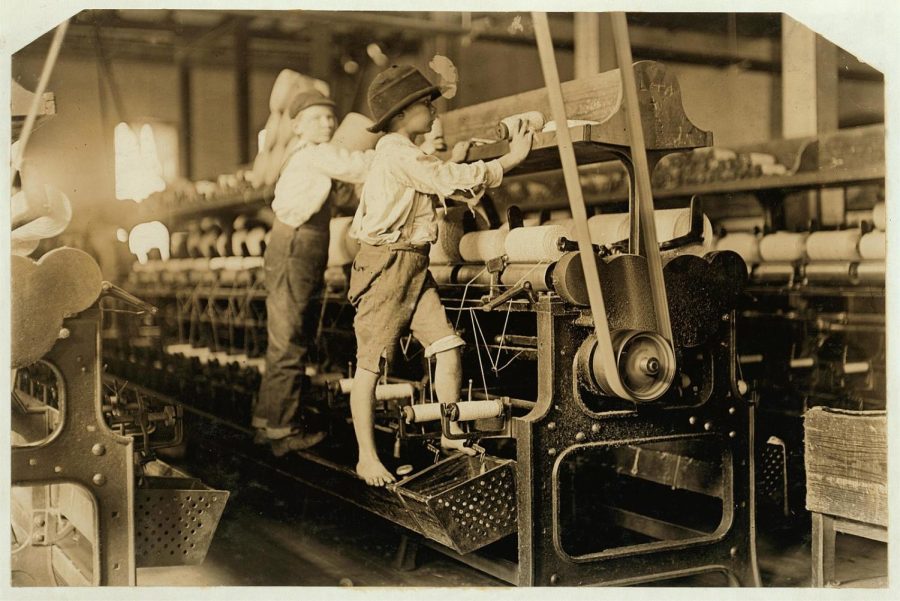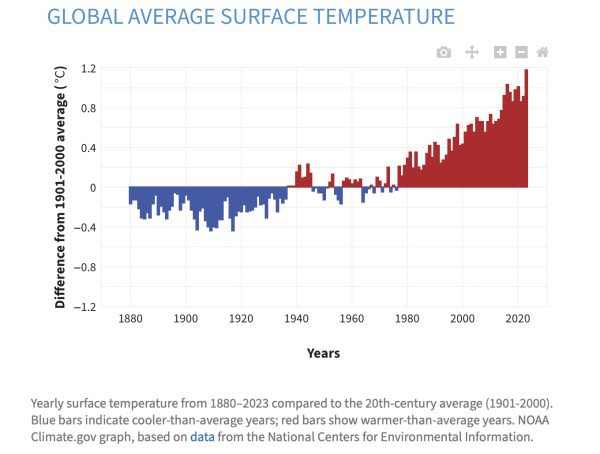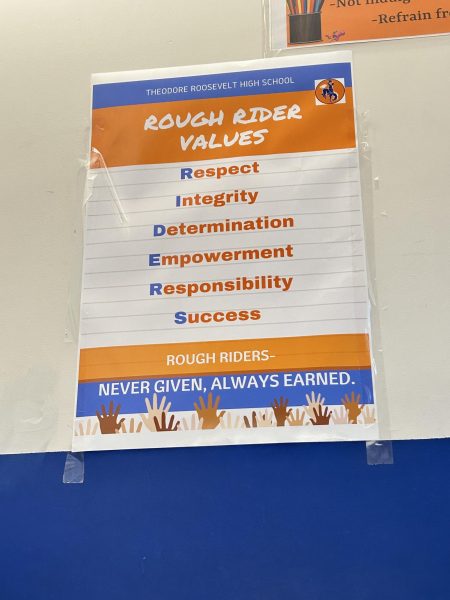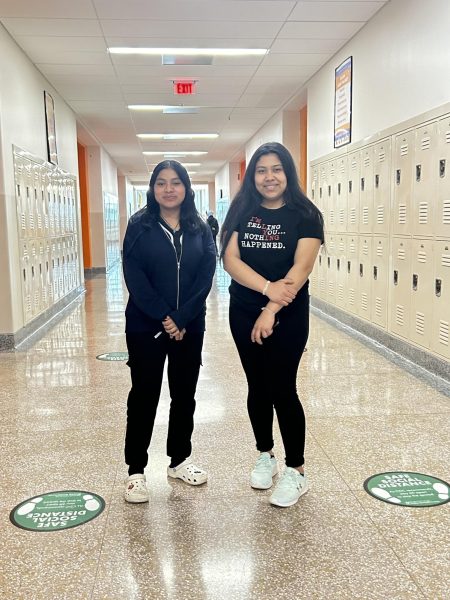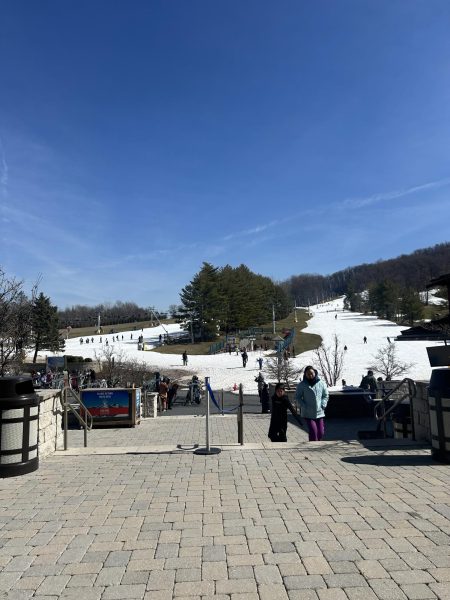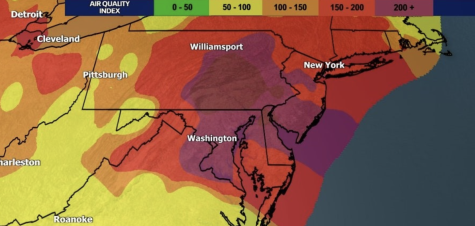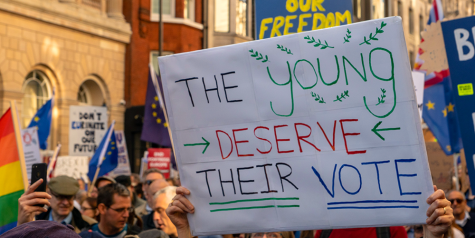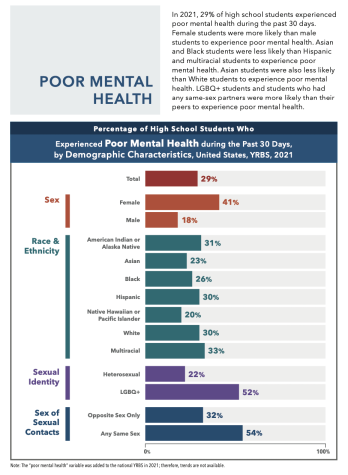Students should be focused on learning and not be forced to earn
Library of Congress, LC-DIG-nclc-01581
Lewis Hine documented child labor in photographs like this one of children working in a Macon, Georgia mill in 1909. His photos helped expose the problem, and child labor was eventually outlawed in the U.S. in 1938.
April 3, 2023
Some teens want to work to make money to buy things they like, but some teens must work to support themselves and to help their families. Although there are laws governing youth employment, child labor rates have been increasing across the country.
Kids as young as 13 have gone to work, often in difficult conditions, and at the expense of their education, as documented in a February expose in The New York Times.
In late February the U.S. Department of Labor announced a crackdown on child labor after tracking a 69 percent increase in illegally employed kids since 2018. The increase is coming from a wave of undocumented immigrant children entering the country just as the labor market was in turmoil caused by the pandemic.
When teachers see kids who are overtired in their classes, they often do not know the circumstances and reasons for their students’ employment. Music teacher Dameion Roy worries that kids get taken advantage of. He knows of some students who have to close stores late at night.
“I see how it really caused them to be tired in class, but they don’t want to let it go because of them making good money,” Roy said.
Kevin Bislao, 21, grew up in D.C. and started working at Popeye’s at age 14. “It was pretty easy. Sometimes I would fry food and work as the cashier,” Bislao said, adding that the latest he ever worked that job was 10 p.m.
D.C. law says that anyone under the age of 18 must apply for a work permit if they want to get a regular paying job. If you are under the age of 16, you also need a letter of consent from your parent/guardian to obtain a permit.
But there are also restrictions on the types of work you are allowed to do, the number of hours you work a week, and on the times of day you are allowed to work. In D.C., 14- and 15-year-olds can only work between 7 a.m. and 7 p.m., except from June 1 to Labor Day when they may work to 9 p.m. Sixteen- and 17-year-olds can work between the hours of 6 a.m. and 10 p.m., including weekends.
Bislao started working at other restaurants at age 15 and said he sometimes worked until midnight.
Also raised in D.C., Ray Johnson, 18, said he was working at a movie theater at age 17, sometimes until midnight.
Although a 1938 law restricting child labor ended some of the worst practices of child labor in this country, the problem still exists according to a 2017 history of child labor put together for the U.S. Bureau of Labor Statistics by Michael Schuman: “It is estimated that, in any given week, 153,600 children are employed at an activity in violation of the FLSA or state law. The most common violations entail working excessive hours or engaging in a hazardous occupation before the age of 18.”
“I do see it as being a problem,” Roy said.
